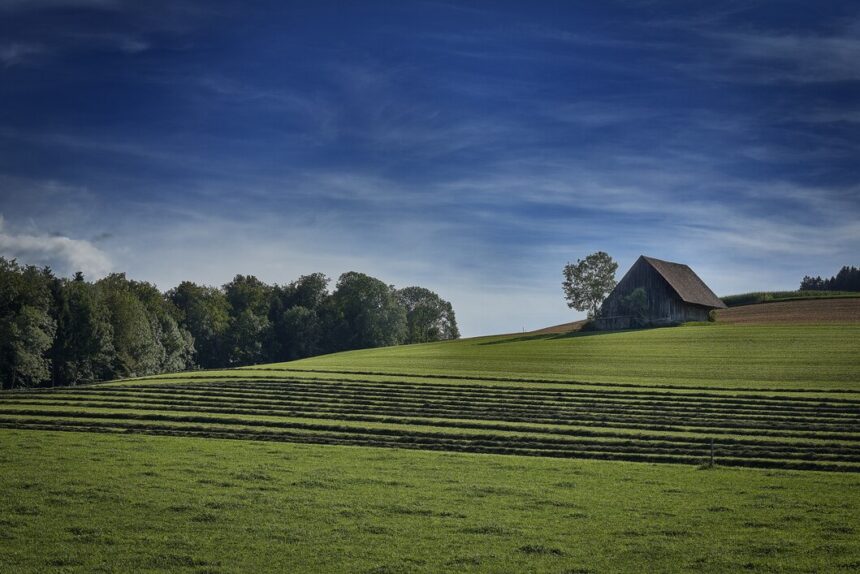Soil erosion is a significant challenge faced by farmers in South Africa, impacting agricultural productivity, soil fertility, and environmental sustainability. Implementing effective erosion control measures is crucial to mitigate these effects and ensure the long-term health of farmland. Here are ten practical ways South African farmers can manage soil erosion:
- Cover Cropping: Plant cover crops such as legumes or grasses during the off-season to protect bare soil from erosion. These plants help anchor the soil with their root systems and improve soil structure.
- Contour Farming: Adopt contour farming practices on sloping terrain by plowing and planting along the contour lines. This technique reduces water runoff velocity, allowing more water to infiltrate into the soil and minimizing erosion.
- Terracing: Construct terraces or level platforms on steep slopes to create flat areas for farming. Terraces reduce the length and speed of water flow downhill, preventing soil erosion and promoting water retention.
- Mulching: Apply organic mulch such as crop residues, straw, or shredded bark on the soil surface. Mulch protects soil from rain impact, reduces water runoff, and enhances soil moisture retention, thereby minimizing erosion.
- No-Till Farming: Practice no-till or reduced tillage farming methods to disturb the soil less. Reduced tillage preserves soil structure, increases organic matter content, and reduces erosion by maintaining soil aggregates and root systems.
- Windbreaks and Shelterbelts: Plant windbreaks or shelterbelts of trees, shrubs, or grasses along field boundaries or exposed areas. These barriers reduce wind speed, prevent wind erosion, and provide habitat for beneficial wildlife.
- Riparian Buffers: Maintain vegetative buffers along watercourses and wetlands to stabilize banks and filter sediment runoff. Riparian buffers absorb excess nutrients and pollutants, improving water quality and reducing erosion.
- Soil Conservation Structures: Install erosion control structures such as check dams, silt fences, or grassed waterways in critical areas prone to erosion. These structures slow water flow, trap sediment, and prevent gully formation.
- Rotational Grazing: Implement rotational grazing systems that allow rest periods for pasture recovery. Managed grazing reduces overgrazing, maintains vegetation cover, and prevents soil compaction and erosion by livestock.
- Education and Training: Provide farmers with education and training on sustainable land management practices, erosion control techniques, and the importance of soil conservation. Encourage community involvement and knowledge sharing to promote widespread adoption of erosion management strategies.
Managing soil erosion on South African farms requires proactive measures and commitment to sustainable farming practices. By implementing these ten techniques—ranging from soil conservation structures to cover cropping—farmers can protect their land from erosion, preserve soil fertility, and ensure the long-term productivity of agricultural landscapes. Investing in erosion control not only safeguards the environment but also supports resilient and sustainable agricultural production across South Africa.
Join 'Farmers Mag' WhatsApp Channel
Get the latest Farming news and tips delivered straight to your WhatsApp
CLICK HERE TO JOIN






